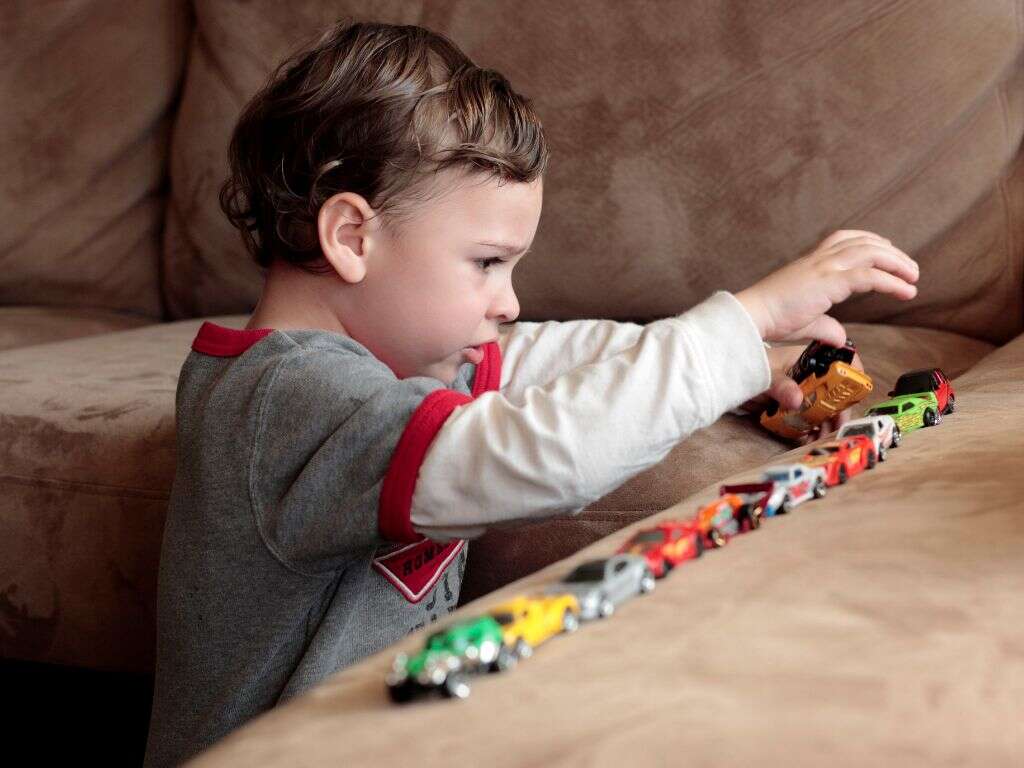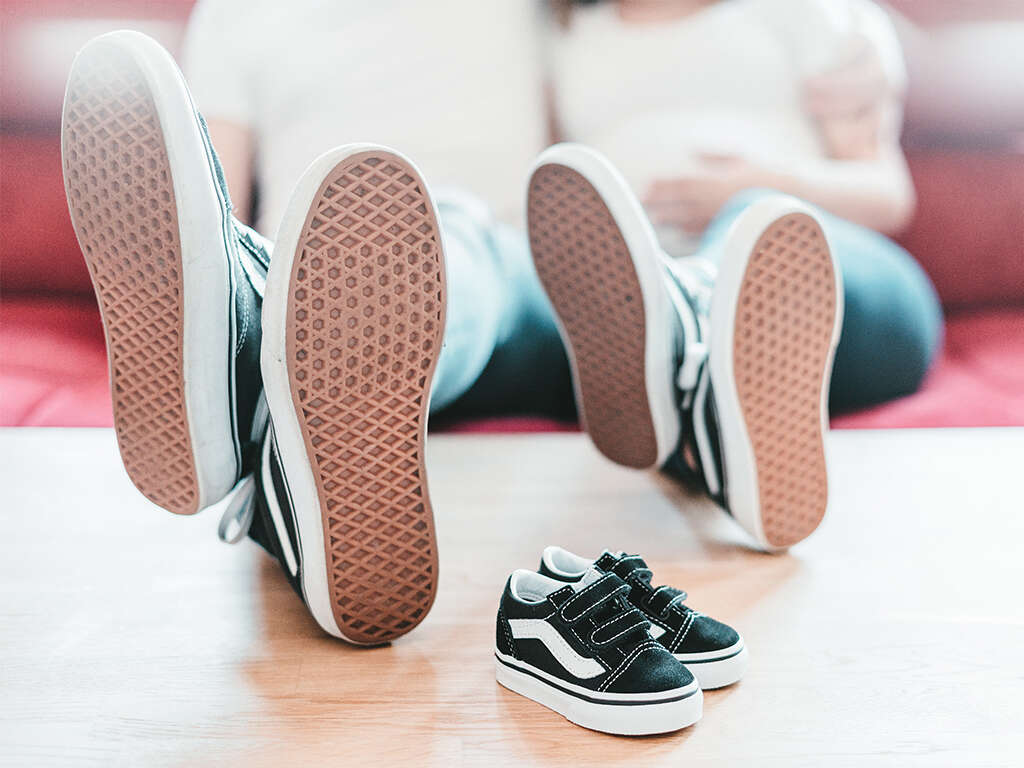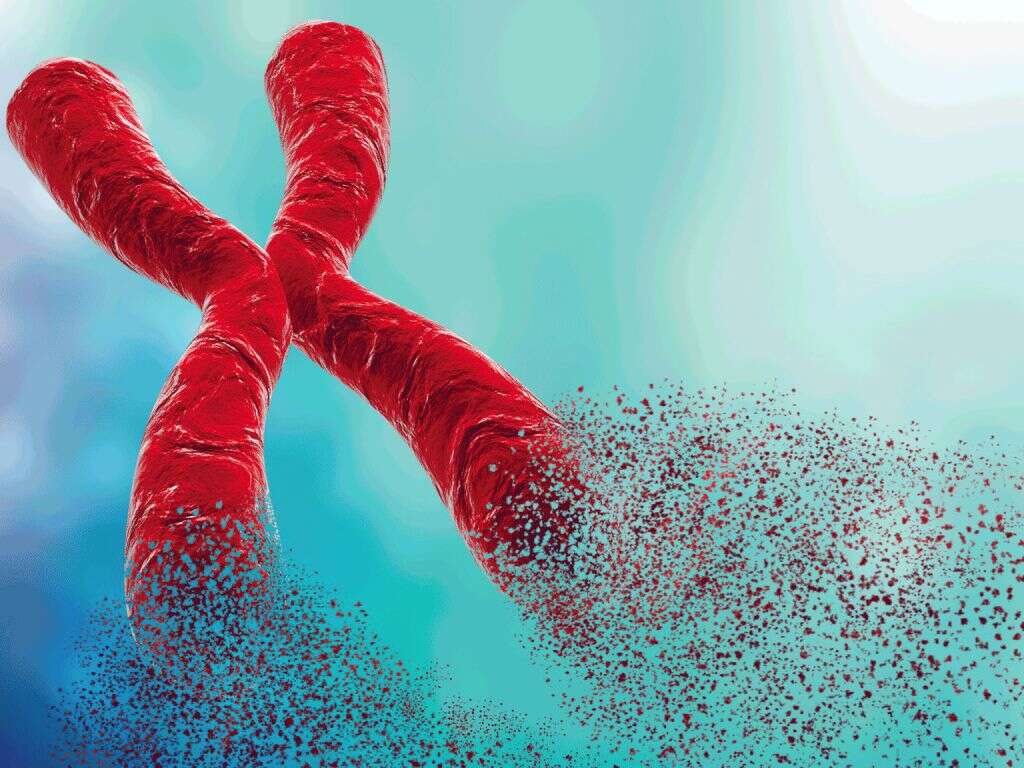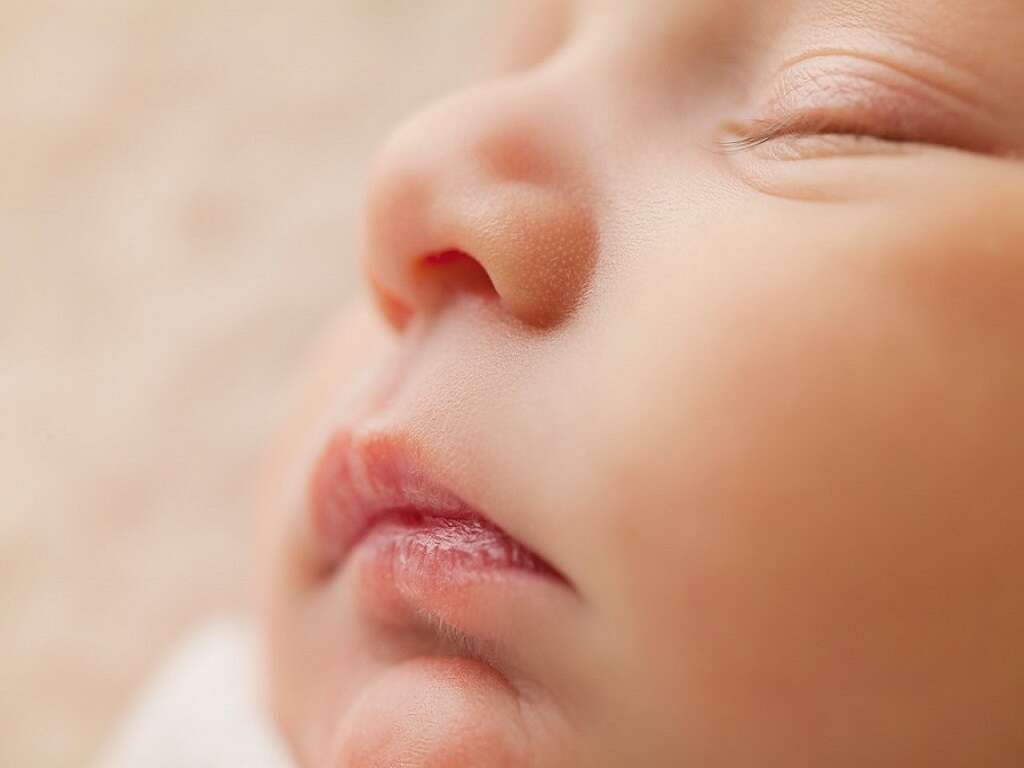10 Signs of Autism in Babies
 Article Sources
Article Sources
- 1. 'Autism: Early Signs in Infants and Toddlers.’ Autism Science Foundation. autismsciencefoundation.org/what-is-autism/early-signs-of-autism/resources-for-recognizing-signs
- 2. 'Signs and Symptoms of Autism Spectrum Disorders.’ Centers for Disease Control and Prevention. cdc.gov/ncbddd/autism/signs.html
- 3. Lowry L. ‘Early Signs of Autism.’ The Hanen Centre. The.org/helpful-info/articles/early-signs-of-autism
Autism is widely known as Autism Spectrum Disorder or ASD. The name reflects a broader description of autism as a group of disorders involving the brain that leads to social difficulties and repetitive behaviors. Autistic individuals can be gifted or developmentally delayed and may need help with their daily activities to varying degrees.
Autism affects 4.5 times more boys than girls and is present in all age, racial, social and ethnic groups. Scientists believe there's a genetic component to autism and are investigating triggers, such as exposure to air pollution or certain medications taken by mothers during pregnancy. Babies may exhibit early signs.1‘Autism: Early Signs in Infants and Toddlers.’ Autism Science Foundation. autismsciencefoundation.org/what-is-autism/early-signs-of-autism/resources-for-recognizing-signs
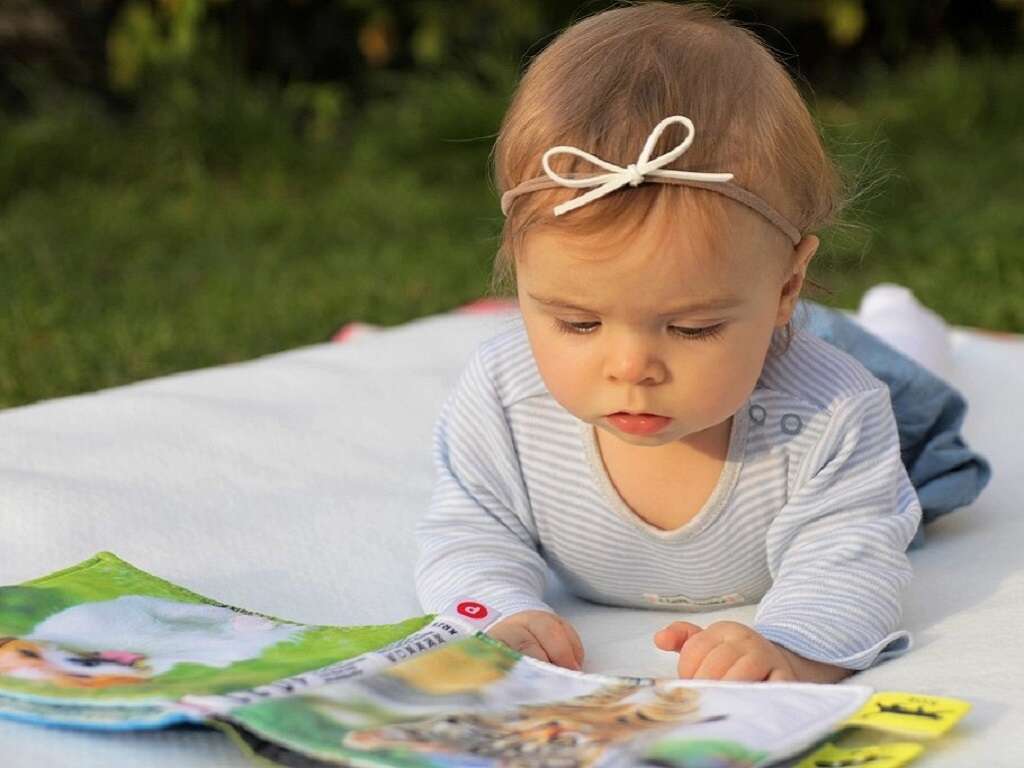
Social Interaction Signs of Autism in Babies
Babies typically respond to the people in their environment with smiles and other forms of interaction. When a parent acts like they're going to pick the baby up, the usual response is that the baby holds its arms out, smiles and wiggles. At the same time, they make eye contact.
An early sign of autism is that the baby doesn't do one or more of these actions. Another sign is that the baby doesn't wave and smile in response to a parent waving. Eye contact is limited or absent, and the baby doesn't laugh or squeal.1‘Autism: Early Signs in Infants and Toddlers.’ Autism Science Foundation. autismsciencefoundation.org/what-is-autism/early-signs-of-autism/resources-for-recognizing-signs
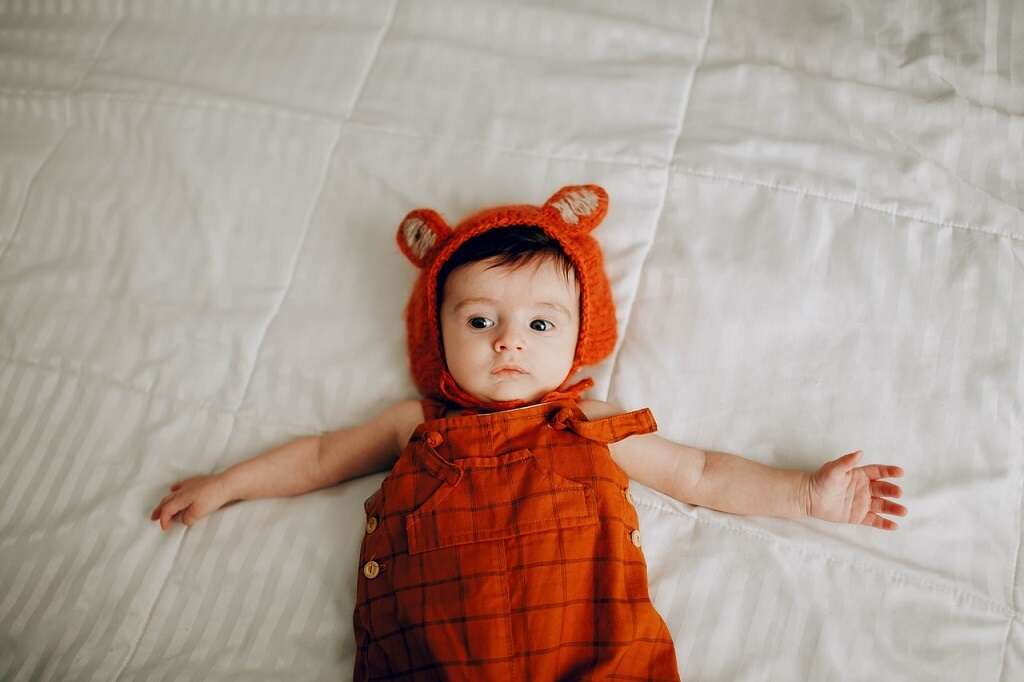
Interaction With the Environment
Babies who don't respond to loud noises may be showing one of the signs of autism. Most babies exhibit a startle effect if a dog barks nearby. Babies showing signs of autism often do not.
These babies also might show little or no interest in objects held in front of them that typically interest babies. They also don't point at objects, and they may not recognize familiar people.1‘Autism: Early Signs in Infants and Toddlers.’ Autism Science Foundation. autismsciencefoundation.org/what-is-autism/early-signs-of-autism/resources-for-recognizing-signs,2‘Signs and Symptoms of Autism Spectrum Disorders.’ Centers for Disease Control and Prevention. cdc.gov/ncbddd/autism/signs.html
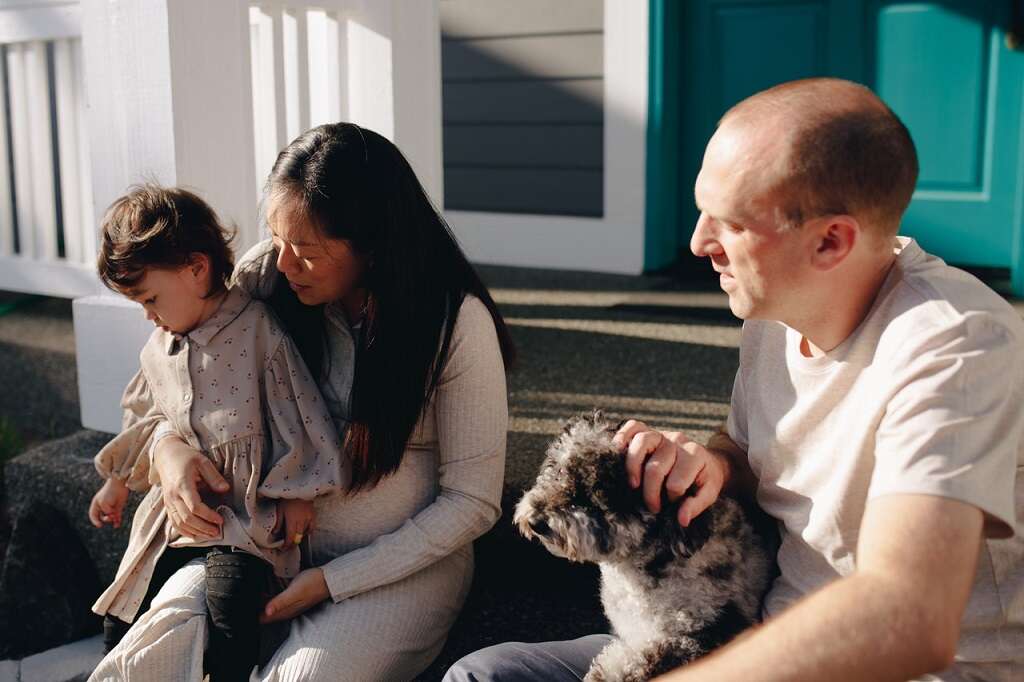
Mobility Delay or Loss
Babies who are showing signs of autism often exhibit a delay in their motor skills. They may not hitch on their tummies, crawl or walk when most other babies do. Or they may develop these skills but lose them as they grow older.
When held with their feet on the floor between the ages of six and one year, an autistic infant may not push down or bear weight and can't or won't stand even if supported.1‘Autism: Early Signs in Infants and Toddlers.’ Autism Science Foundation. autismsciencefoundation.org/what-is-autism/early-signs-of-autism/resources-for-recognizing-signs

Language Skills in Autistic Babies
Prior to learning to speak words, babies babble and make a variety of noises that combine a vowel with a consonant. They enjoy having babble conversations with their caregivers, and two babies babbling to each other is common.
Babies showing signs of autism don't babble or make grunting sounds, and may not interact at all with the people in the environment. Speaking and vocabulary may be delayed during its infant and toddler stages.3Lowry L. ‘Early Signs of Autism.’ The Hanen Centre. The.org/helpful-info/articles/early-signs-of-autism
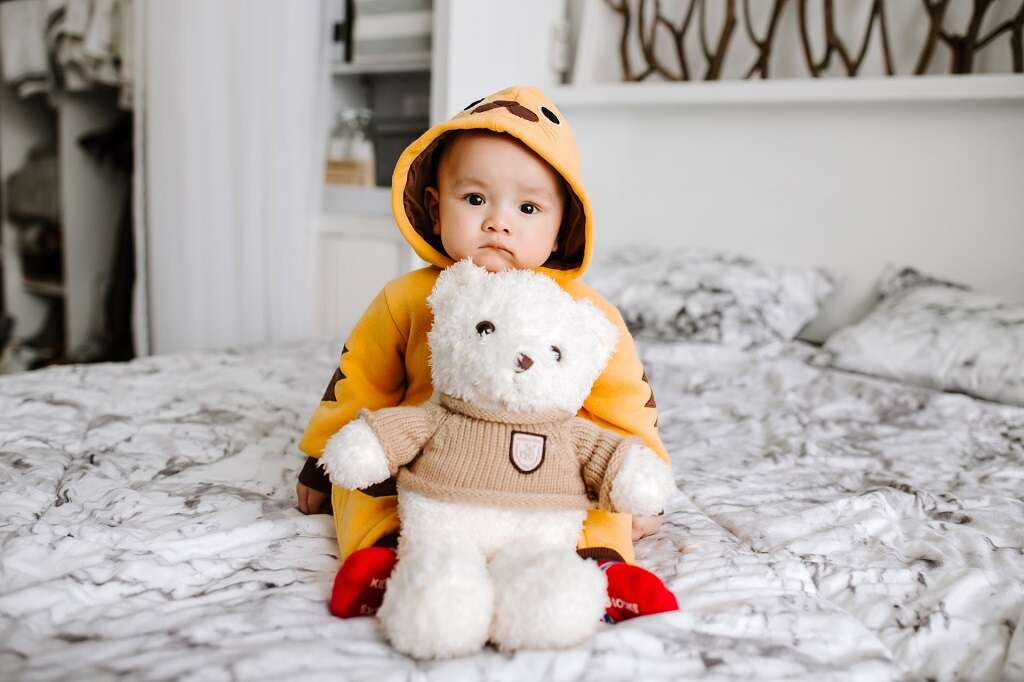
Autistic Babies' Interaction With Objects
Many babies showing signs of autism will respond to objects in a way that's different from babies without autism. For instance, autistic babies may not put objects in their mouths, which is common among babies without autism.
Babies showing signs of autism may also focus on a single part of a toy or object rather than on the whole. The wheels of a truck may be more fascinating than the whole truck. Autistic babies may pay more attention to objects than people.1‘Autism: Early Signs in Infants and Toddlers.’ Autism Science Foundation. autismsciencefoundation.org/what-is-autism/early-signs-of-autism/resources-for-recognizing-signs

Signs of Autism in Babies When They Play
Play is often a solitary activity for babies showing signs of autism. They tend to spend more time with objects than with other people. Interaction with other babies is limited, and autistic babies appear to have no concept of sharing or competing with another baby for a toy or other object.
The autistic baby's lack of eye contact discourages other children from interacting with them, and they don't offer encouraging smiles or hold a toy out to another baby.
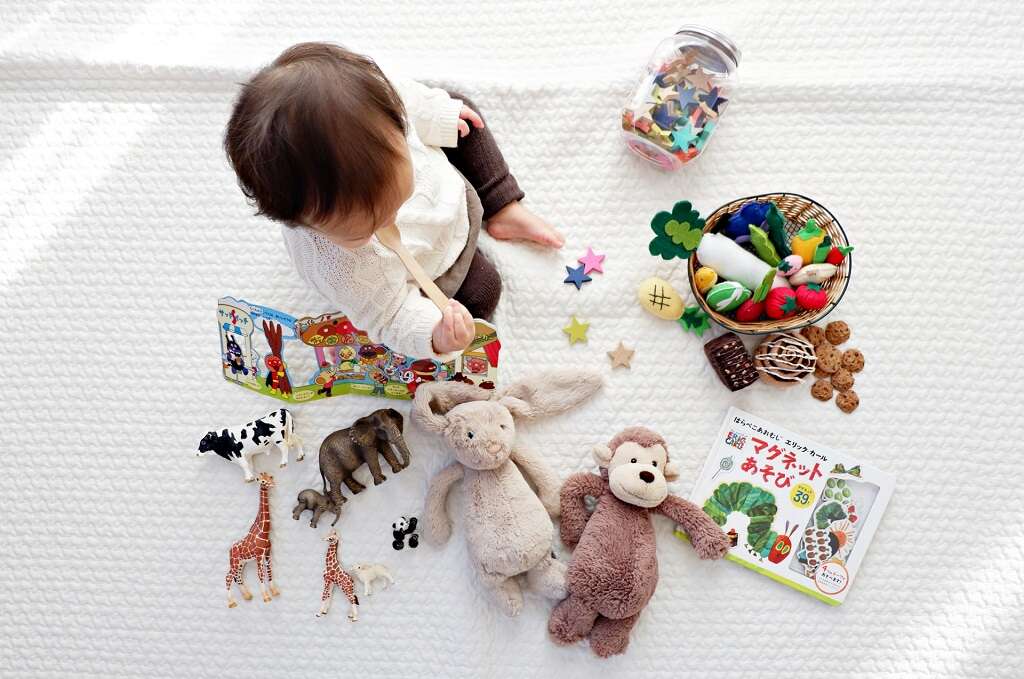
Emotional Signs of Autism
Babies who show early signs of autism display very few emotions like pleasure or distress and may cry less than a baby without autism. They may not show signs of affection for their caregivers, parents or siblings. When held, they may seem unusually stiff or lifeless.1‘Autism: Early Signs in Infants and Toddlers.’ Autism Science Foundation. autismsciencefoundation.org/what-is-autism/early-signs-of-autism/resources-for-recognizing-signs
When a person nearby demonstrates that they're hurt or sad, autistic babies don't notice or respond. Facial expressions are limited and eye contact avoidance is common. 2‘Signs and Symptoms of Autism Spectrum Disorders.’ Centers for Disease Control and Prevention. cdc.gov/ncbddd/autism/signs.html

Physical Signs of Autism in Babies
Besides not demonstrating normal motor skills, there are other physical signs autistic babies may show. Babies with early signs of autism have difficulty lifting their heads when they're lying on their stomachs. Later on, when sitting, they may not be able to keep their heads steady.
Eye movement may be affected as well. These babies may not track moving objects or people with their eyes and may fail to make eye contact with someone directly in front of them. 1‘Autism: Early Signs in Infants and Toddlers.’ Autism Science Foundation. autismsciencefoundation.org/what-is-autism/early-signs-of-autism/resources-for-recognizing-signs
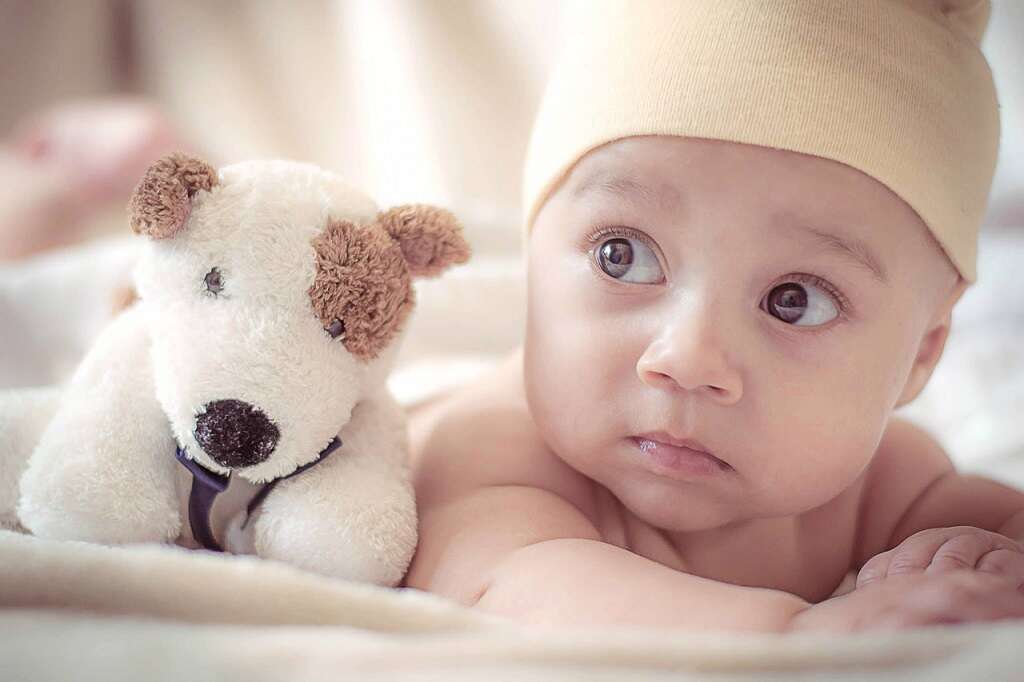
Cognitive Delay in Autistic Babies
While all signs may indicate developmental, physical and emotional delay, learning appears to be a singular indicator in some babies. In many cases, they show little interest in their surroundings and will not repeat sounds or gestures shown to them by caregivers.
Some of these babies become especially suited for education, but others may show moderate to profound learning disabilities. There may be skills in one area, like music or art, and limited ability in others like sports.1‘Autism: Early Signs in Infants and Toddlers.’ Autism Science Foundation. autismsciencefoundation.org/what-is-autism/early-signs-of-autism/resources-for-recognizing-signs,2‘Signs and Symptoms of Autism Spectrum Disorders.’ Centers for Disease Control and Prevention. cdc.gov/ncbddd/autism/signs.html,3Lowry L. ‘Early Signs of Autism.’ The Hanen Centre. The.org/helpful-info/articles/early-signs-of-autism
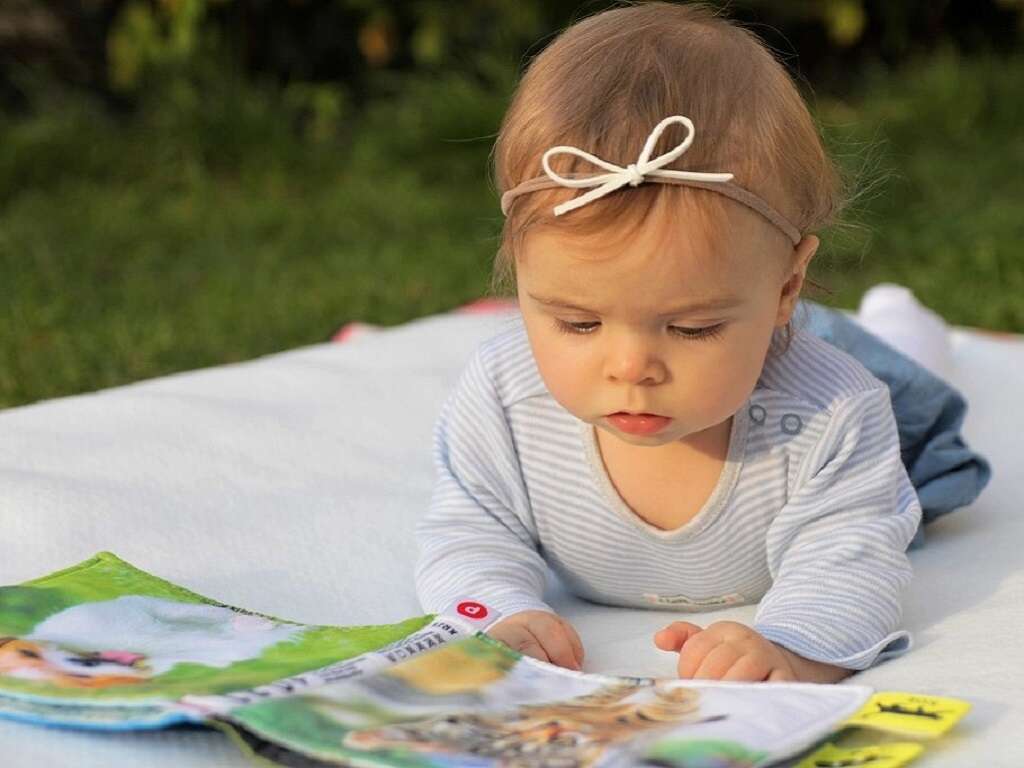
Repetitive Behaviors
One of the cardinal behaviors in children with ASD is repetitive or obsessive routines. Autistic babies may line up objects in a particular order and become upset if they're moved. They may have unusual eating habits, demanding the same item for every meal or refusing to eat solid food.
Autistic babies, when they begin to communicate, may repeat the same word or phrase over and over. Or they may flap or spin their hands, rock their bodies or spin them.2‘Signs and Symptoms of Autism Spectrum Disorders.’ Centers for Disease Control and Prevention. cdc.gov/ncbddd/autism/signs.html




